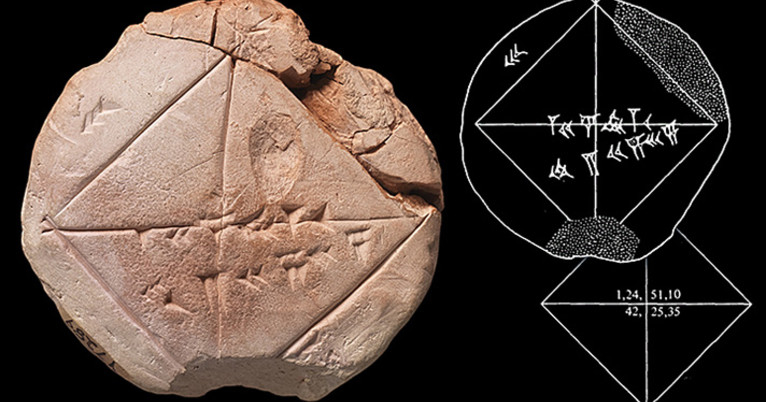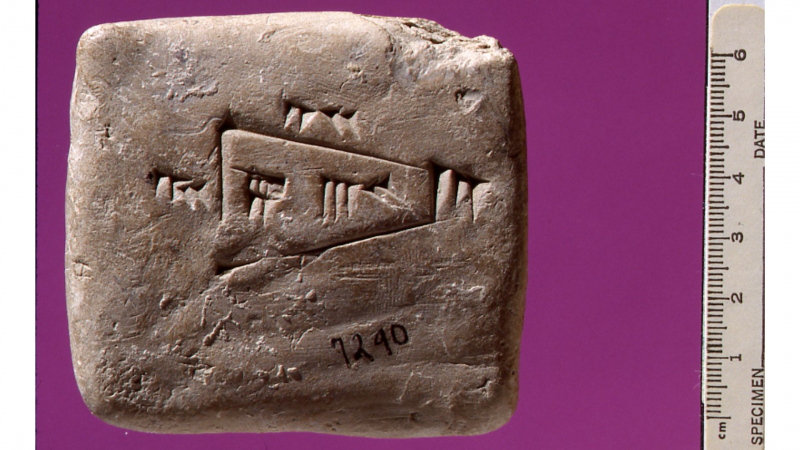The Study Of Mathematics
The study of mathematics definitely deserves a place in the list of inventions and discoveries of ancient Babylonia. Human life has always involved mathematics, and the Babylonians created a number of sophisticated theories that are still in use today. A precise counting system was required to determine the value of the commodities traded as the Babylonian civilization grew and started trading. The idea of counting and the sexagesimal number system were both invented by the Babylonians. They used a decimal system with an advanced base of 60. The idea of a 24-hour day, with each hour having 60 minutes and each minute having 60 seconds, was invented by the Babylonians. The fact that 60 has numerous divisors led to its selection. Old clay slabs from the time when the Babylonians practiced fractions, algebra, and the Pythagoras theorem have been uncovered to include mathematical artifacts.
In contrast to Egyptian mathematics, which has few sources, some 400 clay tablets discovered since the 1850s provide information on Babylonian mathematics. Tablets with Cuneiform writing were carved while the clay was still wet, then hardened in an oven or under the sun. The bulk of the clay tablets, which range in age from 1800 to 1600 BC, contains information on the Pythagorean theorem, algebra, quadratic and cubic equations, and fractions. A representation of √2 that is approximately accurate to three significant sexagesimal digits is provided by the Babylonian tablet YBC 7289.












